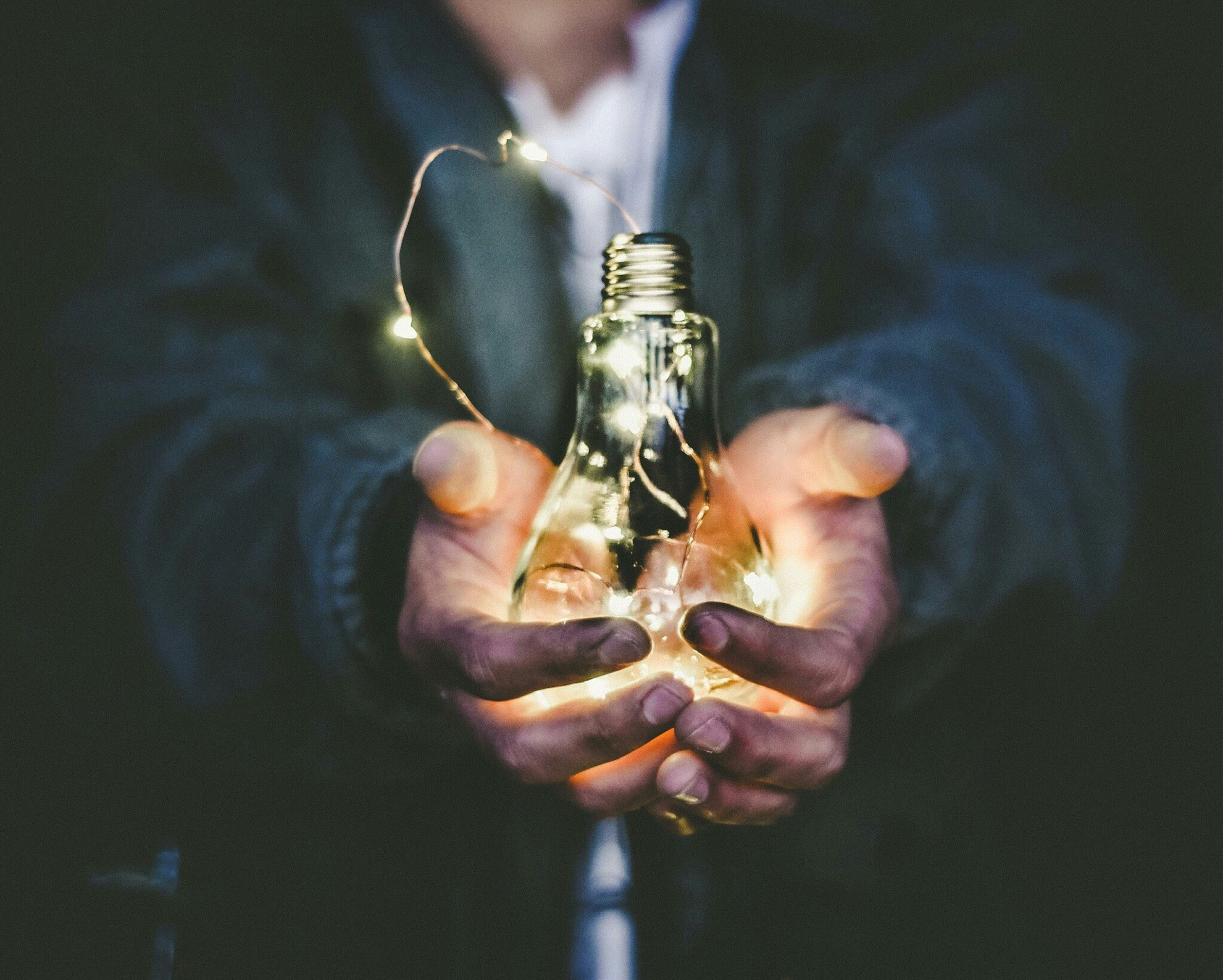10 Energy-Wasting Habits at Home (and How to Fix Them)
Let's Save Energy
Alliance to Save Energy's Blog

We consume a lot of energy every day, often without even thinking about it — from charging our devices to binge-watching the latest streaming series.
According to 2023 data from the U.S. Energy Information Administration, the average U.S. residential household consumed around 10,332 kilowatt-hours (kWh) of electricity. That contributed to an estimated annual electricity cost of $1,656.
That's a significant cost. For the one-quarter of U.S. households facing energy burdens—defined as spending more than 6% of their income on energy bills—reducing energy consumption can free up funds for other essential expenses like groceries and medical bills.
There’s good news, though. Households can cut energy costs by up to 25% through energy efficiency.
Here are two key terms to keep in mind.
- Energy efficiency: Tools that help you do more with less energy. Energy efficiency means using technology that requires less energy to perform the same task, like switching to LED light bulbs, which use less energy to produce the same amount of light.
- Energy conservation: Actions that help you do more with less energy. Energy conservation refers to actively changing behaviors to use less energy, like turning off lights when leaving a room.
Energy efficiency and conservation work together to help households save both energy and money on their monthly bills.
Here are 10 of the biggest energy-wasting mistakes people make at home—plus simple fixes to lower your bills.
-
Leaving the Lights On
One of the easiest ways to save energy is to turn off lights when leaving a room. If you often forget, smart lighting systems let you control your lights remotely via your phone. Motion-sensing switches can also automatically turn off lights in empty rooms.
-
Using Incandescent Bulbs
Incandescent bulbs use 90% of their energy as heat instead of light. According to the U.S. Department of Energy, residential LEDs—especially ENERGY STAR rated products—use at least 75% less energy, and last up to 25 times longer, than incandescent lighting. While LEDs do cost more upfront, they quickly pay for themselves in energy savings.
-
Leaving Electronics Plugged In
Electronics consume phantom power even when turned off, accounting for up to 10% of a home’s total electricity use. Unplugging devices like TVs, computers, and chargers when not in use can cut down on waste. For convenience, plug multiple electronics into a smart power strip, which automatically shuts off idle devices.
-
Powering an Empty Chest Freezer
While extra freezers are useful for storage, they waste energy when not in use. Each time you open your freezer, cold air escapes and warm air flows in. If your freezer isn’t full, consider filling empty space with items like newspaper, bags of shipping peanuts, and water-filled resealable bags, milk jugs, or take-out containers.
-
Browsing Your Refrigerator
Americans open their refrigerators 33 times a day on average. The longer the refrigerator door is open, the harder the appliance must work to maintain a cold temperature. Instead of rummaging for a snack, plan ahead and gather what you need before opening the fridge to keep cold air inside and money in your wallet.
-
Running the Dishwasher Half-Full
The average dishwasher consumes 1,200–2,400 watts per cycle. To conserve energy, only run it when it's full. Also, using the air-dry setting instead of heat dry can cut energy use by 15% per load.
-
Washing Clothes in Hot Water
75-90% of a washing machine’s energy goes toward heating water. Switching to cold water can reduce energy consumption while still cleaning clothes effectively. Cold water also helps prevent fading and fabric wear, extending the life of your clothes.
-
Setting the Water Heater Too High
Many water heaters are preset at 140°F, but the U.S. Department of Energy recommends 120°F for efficiency. Lowering your water heater temperature can cut energy costs while still providing sufficient hot water for daily use.
-
Not Using a Smart Thermostat
Heating and cooling account for about 52% of household energy use. A programmable thermostat can reduce energy waste by adjusting temperatures when you’re away. Even better, smart thermostats learn your habits, optimize energy use, and studies show they can save you 10–12% on heating and 15% on cooling costs annually.
-
Forgetting to Change Air Filters
A clogged HVAC air filter forces the system to work harder, using more energy. Replacing filters every 1–3 months can reduce HVAC energy consumption by up to 15%. Set a phone reminder to regularly change your filters for better efficiency and air quality.
Save Energy, Save Money
Electricity is essential for modern living, but even small changes can lead to significant savings. By fixing these 10 energy-wasting habits, you can lower your utility bills and create a more energy-efficient home.
Which of these tips will you implement first?
Click here to sign up for our free monthly newsletter to stay on top of the latest news in energy efficiency policy.
STAY EMPOWERED
TAKE ACTION
Help the Alliance advocate for policies to use energy more efficiently – supporting job creation, reduced emissions, and lower costs. Contact your member of Congress.
JOIN US
Energy efficiency is smart, nonpartisan, and practical. So are we. Our strength comes from an unparalleled group of Alliance Associates working collaboratively under the Alliance umbrella to pave the way for energy efficiency gains.
DONATE
The power of efficiency is in your hands. Supporting the Alliance means supporting a vision for using energy more productively to achieve economic growth, a cleaner environment, and greater energy security, affordability, and reliability.



